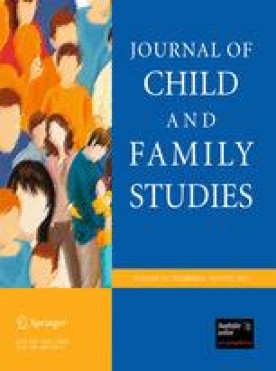These experiences show that, while we as monoracial Black parents can socialize our mixed-race children to represent themselves to society as being part of the larger African American community, their individual traits, aptitudes, and personality differences as mixed-race children are also influential in the racial identity process. These personal factors may be strongly tied to a mixed-race child’s authentic view of themselves (their identity versus how they are identified by others), making parenting concerns such as understanding African American heritage more difficult. Unfortunately, in an effort to help our multiracial daughters understand their Black heritage, we as parents dismissed their experiences by noting that a “brown” identity is not satisfactory. I will also note here that this feeling towards a brown identity was most deeply expressed by fathers; each of us as stepmothers—without a direct biological tie to our daughters—were more open to the idea of our stepdaughters labeling and developing a self-defined identity. This could be influenced by our location as stepparents, as well as the fact that we all hold advanced degrees in social science fields. Critical race theory (CRT) challenges traditional claims that uphold the status quo (Ladson-Billings, 1998, Yosso et al., 2009). It is a form of oppositional scholarship, with a framework grounded in the experiences of Black Americans, meant to challenge the experiences of White people which are considered normative and standard in the U.S (Taylor, 1998). MultiCrit (Harris, 2016) is an offshoot of CRT that aims to challenge dominant monoracial ideologies by utilizing the experiences of multiracial individuals to deconstruct monoracial ideas about race. Based on the experiences of the case study families, I find that, essentially, during socialization, monoracial parents should be centering the experiences of their mixed-race child in an effort to not perpetuate monoracial ideas about race. Centering “communicates the lived experience of marginalized groups so that the understanding of the problem and its response is more likely to be impactful to the community in the ways the community itself would want” (Doucet, 2019, pg. 3).
Yolanda T. Mitchell, “She’s Biracial, but She’s Still Black: Reflections from Monoracial African American Parents Raising Biracial Children,” Journal of Child and Family Studies, Volume 31, Issue 3 (March 2022) (Special Issue on Multiracial Families). https://dx.doi.org/10.1007/s10826-022-02263-8.
